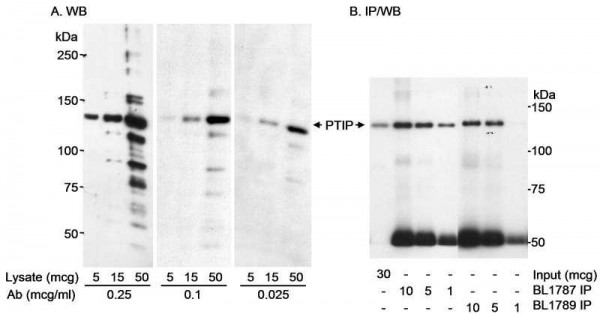Cookie preferences
This website uses cookies, which are necessary for the technical operation of the website and are always set. Other cookies, which increase the comfort when using this website, are used for direct advertising or to facilitate interaction with other websites and social networks, are only set with your consent.
Configuration
Technically required
These cookies are necessary for the basic functions of the shop.
"Allow all cookies" cookie
"Decline all cookies" cookie
CSRF token
Cookie preferences
Currency change
Customer-specific caching
FACT-Finder tracking
Individual prices
Selected shop
Session
Comfort functions
These cookies are used to make the shopping experience even more appealing, for example for the recognition of the visitor.
Note
Show the facebook fanpage in the right blod sidebar
Statistics & Tracking
Affiliate program
Conversion and usertracking via Google Tag Manager
Track device being used

| Item number | Size | Datasheet | Manual | SDS | Delivery time | Quantity | Price |
|---|---|---|---|---|---|---|---|
| A300-370A-T | 10 µl (10 µg) | - |
2 - 8 business days* |
164.00€
|
|||
| A300-370A | 100 µl (100 µg) | - |
2 - 8 business days* |
588.00€
|
If you have any questions, please use our Contact Form.
You can also order by e-mail: info@biomol.com
Larger quantity required? Request bulk
You can also order by e-mail: info@biomol.com
Larger quantity required? Request bulk
Protein function: Involved in DNA damage response and in transcriptional regulation through... more
Product information "Anti-PTIP"
Protein function: Involved in DNA damage response and in transcriptional regulation through histone methyltransferase (HMT) complexes. Plays a role in early development. In DNA damage response is required for cell survival after ionizing radiation. In vitro shown to be involved in the homologous recombination mechanism for the repair of double-strand breaks (DSBs). Its localization to DNA damage foci requires RNF8 and UBE2N. Recruits TP53BP1 to DNA damage foci and, at least in particular repair processes, effective DNA damage response appears to require the association with TP53BP1 phosphorylated by ATM at 'Ser-25'. Together with TP53BP1 regulates ATM association. Proposed to recruit PAGR1 to sites of DNA damage and the PAGR1:PAXIP1 complex is required for cell survival in response to DNA damage, the function is probably independent of MLL-containing histone methyltransferase (HMT) complexes. However, this function has been questioned. Promotes ubiquitination of PCNA following UV irradiation and may regulate recruitment of polymerase eta and RAD51 to chromatin after DNA damage. Proposed to be involved in transcriptional regulation by linking MLL-containing histone methyltransferase (HMT) complexes to gene promoters by interacting with promoter-bound transcription factors such as PAX2. Associates with gene promoters that are known to be regulated by KMT2D/MLL2. During immunoglobulin class switching in activated B-cells is involved in trimethylation of histone H3 at 'Lys-4' and in transcription initiation of downstream switch regions at the immunoglobulin heavy-chain (Igh) locus, this function appears to involve the recruitment of MLL-containing HMT complexes. Conflictingly, its function in transcriptional regulation during immunoglobulin class switching is reported to be independent of the MLL2/MLL3 complex. [The UniProt Consortium]
| Keywords: | Anti-CAGF28, Anti-PAXIP1, Anti-PAXIP1L, Anti-PAX-interacting protein 1, Anti-PAX transactivation activation domain-interacting protein |
| Supplier: | Bethyl Laboratories |
| Supplier-Nr: | A300-370A |
Properties
| Application: | WB, IP |
| Antibody Type: | Polyclonal |
| Conjugate: | No |
| Host: | Rabbit |
| Species reactivity: | human (Expected: human) |
| Format: | Antigen Affinity Purified |
Database Information
| KEGG ID : | K14972 | Matching products |
| UniProt ID : | Q6ZW49 | Matching products |
| Gene ID | GeneID 22976 | Matching products |
Handling & Safety
| Storage: | +4°C |
| Shipping: | +4°C (International: +4°C) |
Caution
Our products are for laboratory research use only: Not for administration to humans!
Our products are for laboratory research use only: Not for administration to humans!
Information about the product reference will follow.
more
You will get a certificate here
Viewed


